EIC Assesses Energy Project Potential Around the Globe
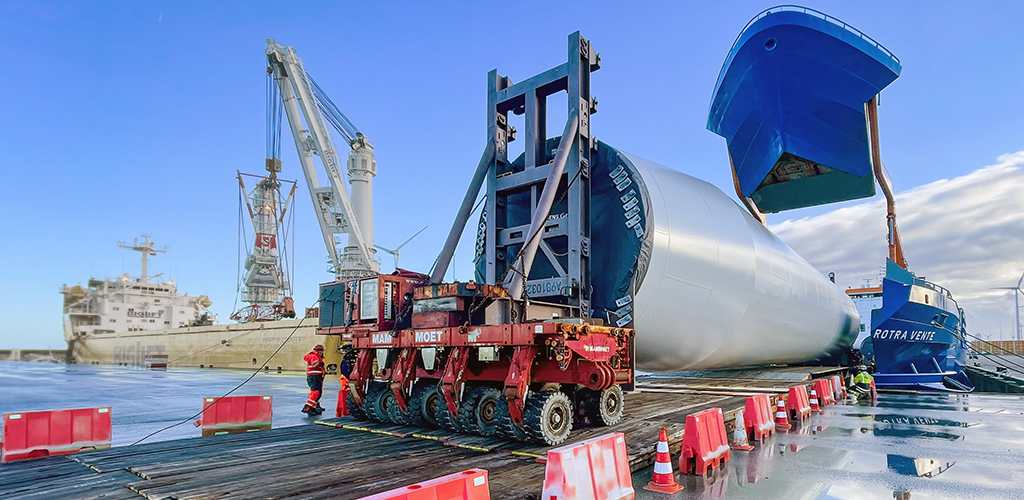
Exclusive insights for Breakbulk readers from four Energy Industries Council (EIC) experts, a Breakbulk Events global knowledge partner.
Understand the current state of the energy transition, what sectors hold the most potential – that means more work for project cargo and breakbulk companies – and hurdles that must be cleared.

Europe
Navigating Europe's Energy Crossroads
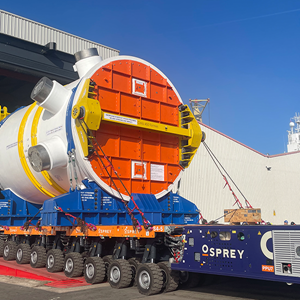 A paradox of progress and hindrance is unfolding in Europe’s energy-scape. The quest for energy security is driving offshore and frontier exploration in the oil and gas (O&G) sector, notably in the North Sea, where geopolitical tensions, inflation, and inconsistent policies threaten to disrupt supply chains and delay projects.
A paradox of progress and hindrance is unfolding in Europe’s energy-scape. The quest for energy security is driving offshore and frontier exploration in the oil and gas (O&G) sector, notably in the North Sea, where geopolitical tensions, inflation, and inconsistent policies threaten to disrupt supply chains and delay projects.
Meanwhile, the offshore wind sector, buoyed by mature markets like the UK, Germany, Denmark, and the Netherlands, welcomes newcomers such as Poland, Ireland, Norway, and Lithuania. Yet, this burgeoning industry faces its trials with inflation, rising supply chain costs and infrastructure deficits leading to anticipated delays and momentum challenges.
The hydrogen market is a potential major player in Europe’s energy mix, driven largely by Germany's ambition to replace Russian natural gas with European and global hydrogen supplies. Despite the fervor, commercial viability remains nascent, with the EU targeting a production of 10 million tonnes annually by 2030. Similarly, carbon capture and storage (CCS) technologies gain favor, supported by the EU's Net Zero Industry Act with ambitious goals for 2030. However, the complexity of CO2 transport and storage, particularly in the North Sea, underscores the nascent stage of CCS projects.
Amidst this, nuclear power is experiencing something of a renaissance, catalyzed by the Ukraine conflict and a growing recognition of its role in diversifying energy sources. Countries like the UK, France, Poland, and several Eastern European nations are reconsidering nuclear power, exploring both large-scale reactors and smaller modular reactors (SMRs).
The sustainable aviation fuel (SAF) sector is also beginning to capture the European interest, albeit slowly, with the UK leading through financial incentives. This collaborative effort between the energy and aviation sectors promises a gradual but significant shift toward cleaner fuels.
Europe's energy landscape is at a crossroads, marked by ambitious plans and projects but also marred by formidable challenges. But a keyword here is resilience and the prudent diversification of energy resources.
Americas
Surge in O&G and Clean Energy Investments Redefine Future Prospects
 Oil and gas exploration and production (E&P) activities in the Americas are accelerating, particularly in Brazil, Guyana and the Gulf of Mexico (GoM). Brazil's highly productive pre-salt projects have become a priority for its national oil company, Petrobras, which plans to invest over $70 billion in E&P over the next five years, with a special focus on floating production, storage, and offloading (FPSO) developments.
Oil and gas exploration and production (E&P) activities in the Americas are accelerating, particularly in Brazil, Guyana and the Gulf of Mexico (GoM). Brazil's highly productive pre-salt projects have become a priority for its national oil company, Petrobras, which plans to invest over $70 billion in E&P over the next five years, with a special focus on floating production, storage, and offloading (FPSO) developments.
Meanwhile, Guyana's Stabroek block continues to yield exploration successes, driving ExxonMobil forward with multiple field development phases, including a significant $12.9 billion phase expected to be sanctioned in 2024. The GoM remains a strategic focus for international oil companies like Shell, BP and Chevron, which are investing in both standalone and tie-back developments, underlining the region's enduring potential.
Simultaneously, the U.S. has emerged as a key player in LNG exports, crucial to Europe’s energy security in the aftermath of the Ukraine conflict. However, the future of several proposed LNG liquefaction projects, representing a capital expenditure of $223 billion, hangs in balance, pending federal decisions post the U.S. elections.
Parallel to these developments, the clean energy sector is flourishing, particularly in the U.S., which leads clean energy innovation in the Americas. Thanks to the $369 billion tax incentives provided by the 2022 Inflation Reduction Act, projects across wind, solar, clean hydrogen and carbon capture and storage (CCS) are gaining momentum. Despite potential policy shifts with upcoming elections, bipartisan support for wind and solar suggests continued growth. Offshore wind, in particular, faces challenges, including supply chain delays, which have led to project cancellations, underscoring the complexities of transitioning to renewable energy sources.
As countries like Brazil and Colombia explore offshore wind opportunities, the U.S. is making strides in clean hydrogen, aiming to establish a nationwide infrastructure supported by significant government investment.
Middle East
The Middle East's $979 Billion Leap
 The Middle East is undergoing a remarkable transformation, evident in its ambitious energy projects under development, with an estimated capital expenditure of approximately $979 billion. This colossal investment signals a regional shift toward not only enhancing oil and gas infrastructure but also embracing renewable energy, power projects and key energy transition initiatives.
The Middle East is undergoing a remarkable transformation, evident in its ambitious energy projects under development, with an estimated capital expenditure of approximately $979 billion. This colossal investment signals a regional shift toward not only enhancing oil and gas infrastructure but also embracing renewable energy, power projects and key energy transition initiatives.
Leading this surge are the United Arab Emirates and Saudi Arabia, closely matched with 19.22 percent and 19.2 percent of the investment share, respectively, followed by significant contributions from Iraq, Oman, Qatar, Kuwait and Jordan. Remarkably, oil and gas projects still dominate the landscape, accounting for 73.47 percent of these projects. However, the increasing allocation toward renewable energy (6.34 percent) and energy transition projects (5.24 percent) underscores a conscious shift toward sustainable energy sources.
The contract awards between 2019 and 2024 highlight the industry's vibrancy, particularly in the upstream and downstream sectors. Yet, the renewable energy sector's surge, with 42 contracts, reflects a pivot toward clean power.
Projected capacities for power and renewable energy from 2024 to 2028 place Saudi Arabia at the forefront, which aligns with its vision to balance its energy mix toward 50 percent renewables by 2030. This ambition mirrors the broader regional commitment to diversification of energy sources with Oman pioneering in green hydrogen projects.
As the Middle East navigates its energy ambitions, it stands at the cusp of redefining its identity from an oil-dominant powerhouse to a leader in sustainable energy. This transition is not simply a financial undertaking but a clear indication that the region is taking its cleantech plans seriously.
APAC
Navigating the Shift From Traditional to Clean Energy in Asia-Pacific
 The Asia-Pacific energy landscape is experiencing a pivotal transformation, marked by a nuanced shift in the oil and gas sector. While exploration activities are anticipated to decelerate over the next five years, the momentum is building in field development efforts, highlighted by an uptick in the number of forthcoming final investment decisions (FIDs). This evolution signals a strategic move from seeking new reserves to enhancing the productivity of existing fields. However, the significant bidding rounds witnessed in countries like Malaysia, India, Indonesia and Australia indicate a revival in exploration efforts, suggesting a strategic recalibration rather than a full-scale retreat from discovery initiatives.
The Asia-Pacific energy landscape is experiencing a pivotal transformation, marked by a nuanced shift in the oil and gas sector. While exploration activities are anticipated to decelerate over the next five years, the momentum is building in field development efforts, highlighted by an uptick in the number of forthcoming final investment decisions (FIDs). This evolution signals a strategic move from seeking new reserves to enhancing the productivity of existing fields. However, the significant bidding rounds witnessed in countries like Malaysia, India, Indonesia and Australia indicate a revival in exploration efforts, suggesting a strategic recalibration rather than a full-scale retreat from discovery initiatives.
Decommissioning, especially in Australia, is emerging as a significant area of focus. With most offshore assets over 30 years old and poised for decommissioning, there's a unique opportunity to repurpose these areas for renewable energy projects, particularly within the proposed renewable energy zones by 2025.
In the midstream sector, the shift toward gas-fired power plants and the consequent emphasis on LNG regasification capacity investment reflect the region's transition to cleaner energy sources. Vietnam's leadership in capex spending for midstream projects highlights the strategic investments being made to facilitate this transition.
The renewables and energy transition narrative is particularly compelling with a marked increase in project announcements and investments outpacing those in traditional energy sectors. Australia, India and China are at the forefront of this transition, driven by decarbonization targets and energy security concerns. The corporate power purchase agreement (PPA) market's growth, led by China, India and Taiwan, alongside significant investments in renewable energy, underscores the private sector's role in this transformation.
The growing interest in hydrogen as a clean energy source, with significant projects being explored across Southeast Asia, alongside the focus on carbon capture technologies, points to a multifaceted approach to the energy transition. The leadership of upstream and LNG players in carbon capture initiatives further exemplifies the oil and gas industry's critical role in shaping a sustainable energy future for the Asia-Pacific region.
About EIC
EIC is one of the world's largest energy trade associations for companies that supply goods and services to the energy industries worldwide. Established in 1943, the EIC is a not-for-profit organization with a membership of over 800 companies worldwide.
Join the largest gathering of project cargo professionals
Breakbulk Europe brings together a truly international audience, representing over 120 countries under one roof. From the top industrial maufacturers, EPCs and project owners to all modes of transporters and related service providers, you will get the opportunity to meet them all.





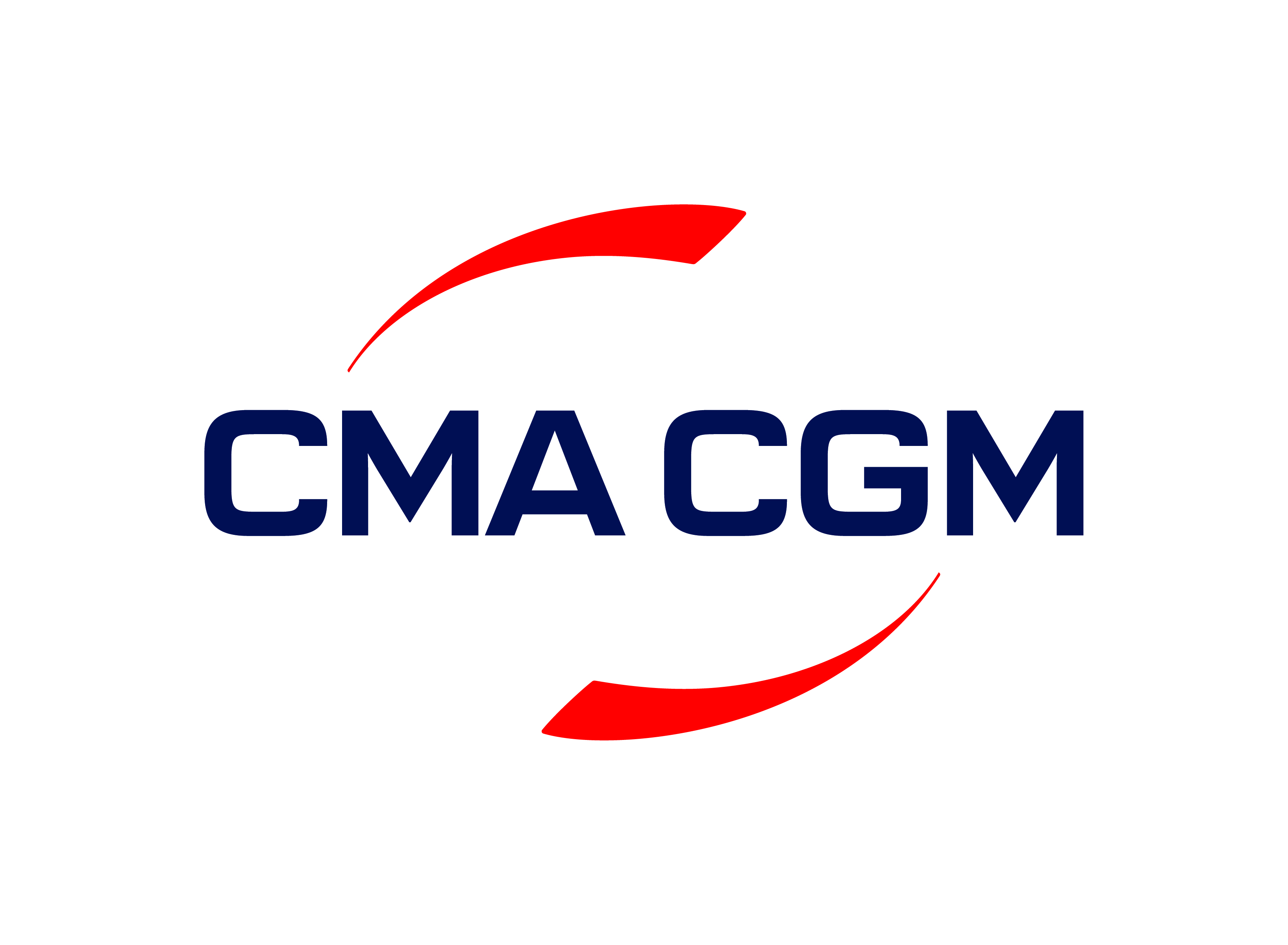


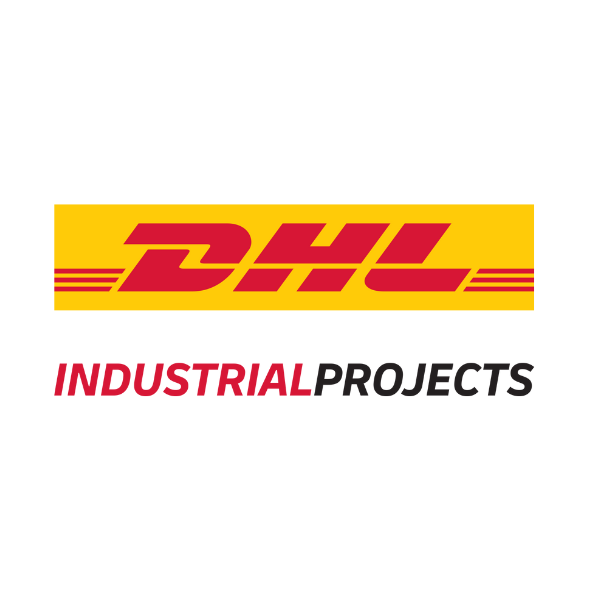
.png?ext=.png)
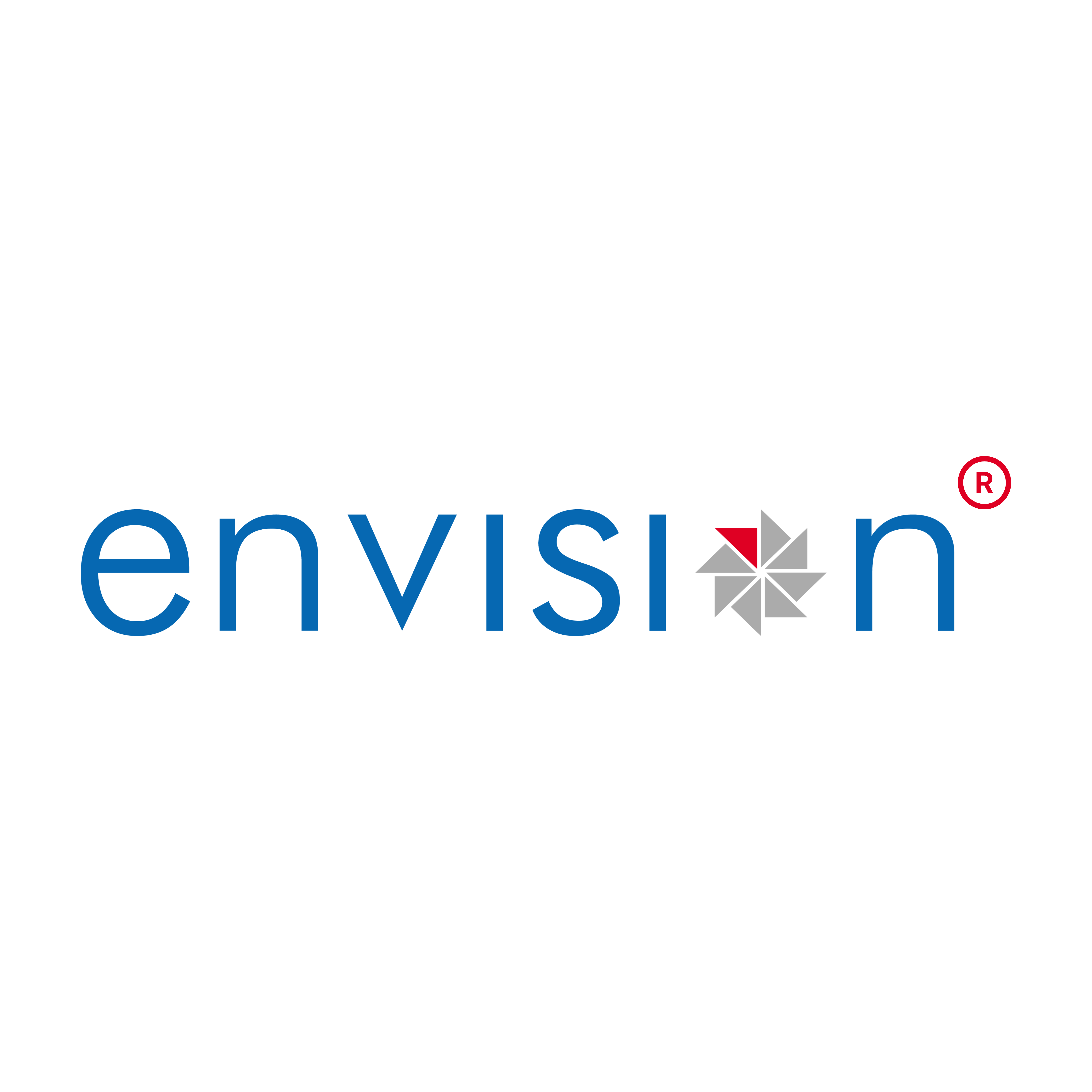
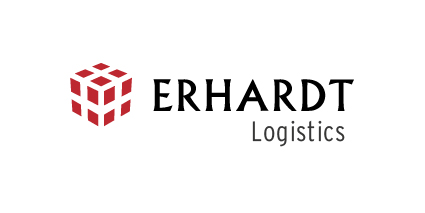

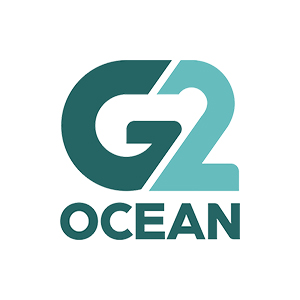



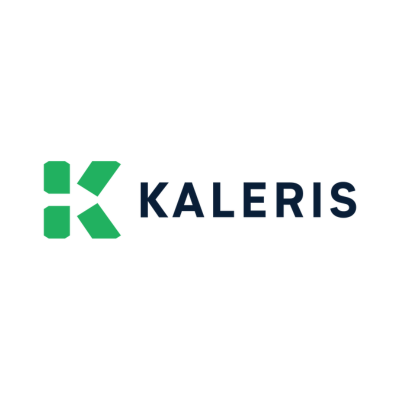

.png?ext=.png)
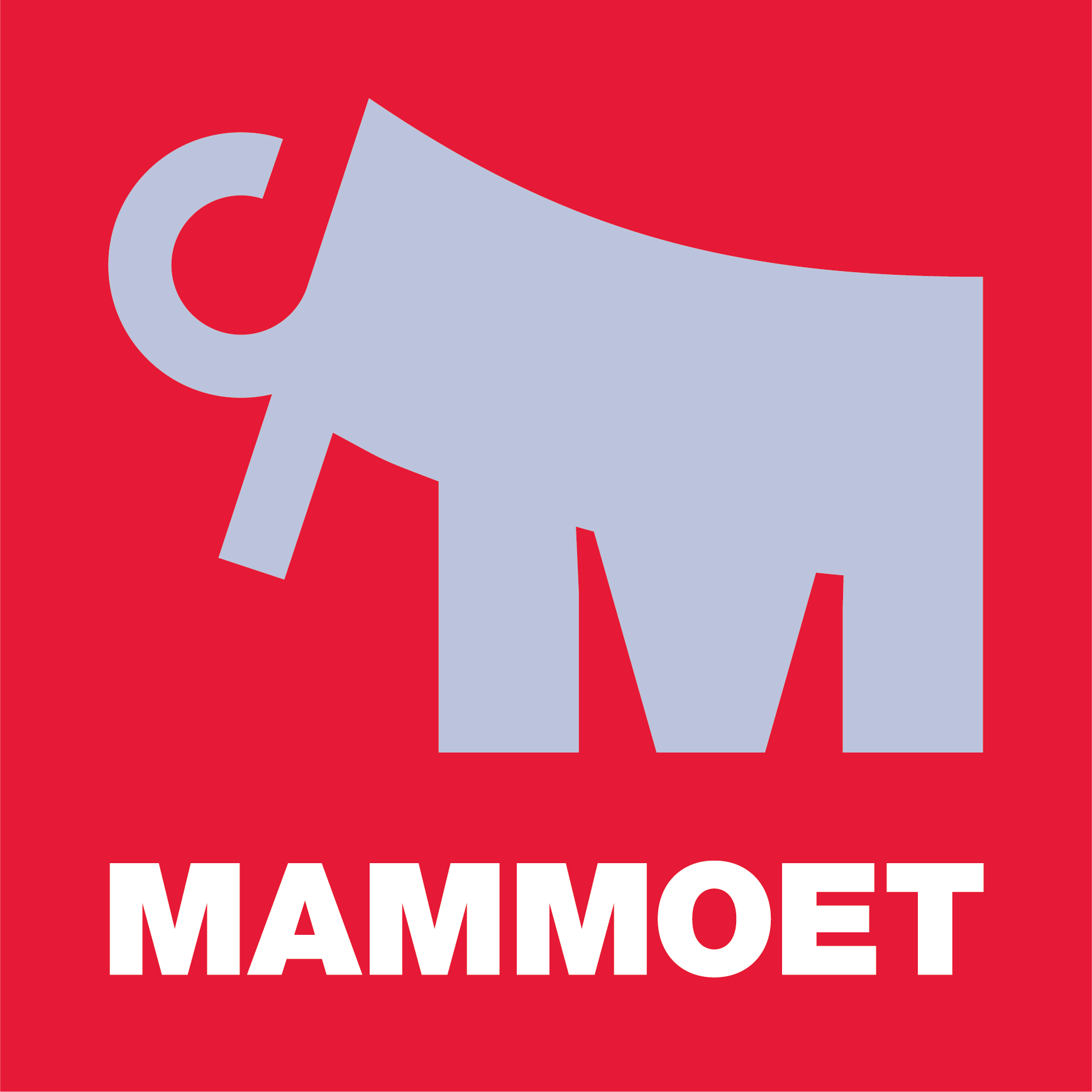





.png?ext=.png)



